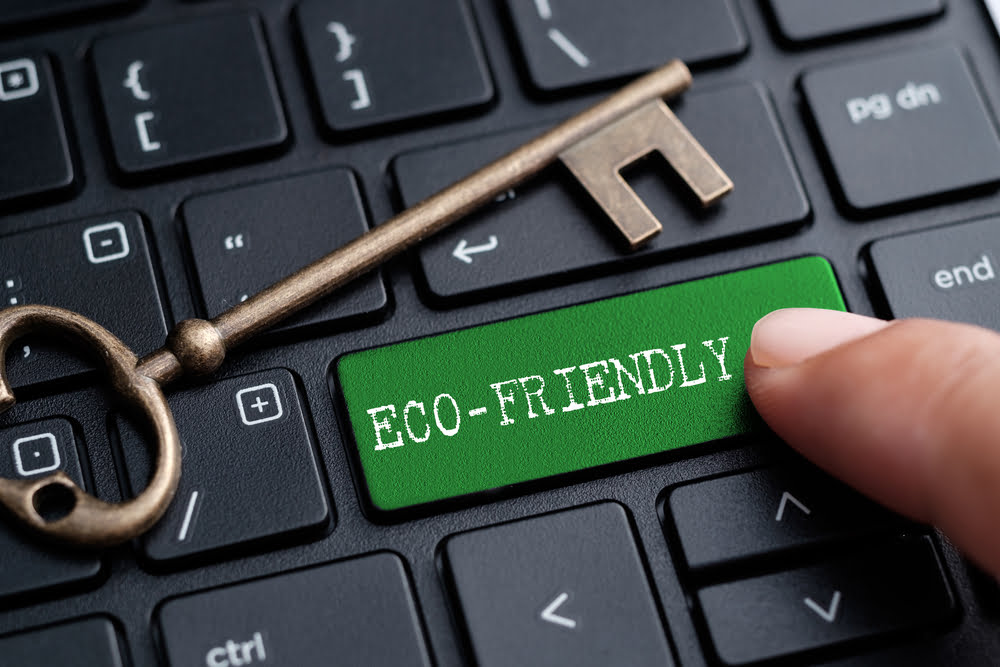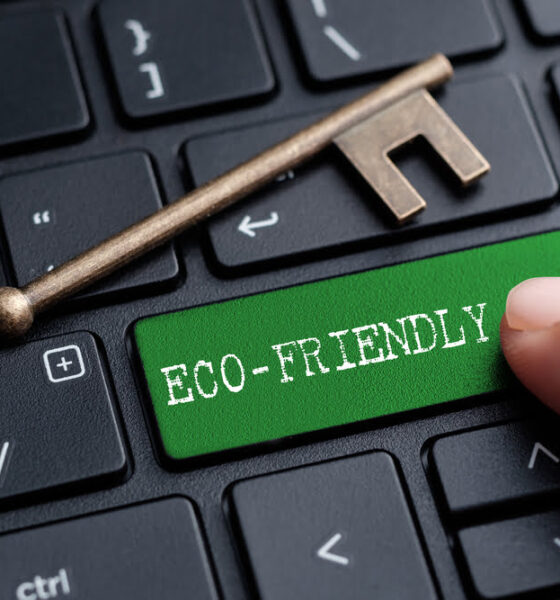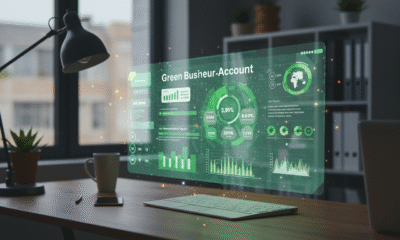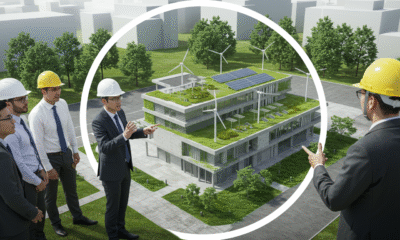

Business
Sustainable Websites And SEO Guidelines for Green Businesses
One survey found that 78% of consumers want to buy goods and services from eco-friendly companies. This means that they want to support businesses that prioritize sustainability as a whole.
Sustainability is increasingly becoming a priority for businesses, organizations, and governments as they shift to more digital operations. With this in mind, it’s important that websites are designed with sustainability in mind.
Sustainable website design means taking into account the impact of the website on the environment (carbon footprint) as well as considering how resources such as energy and materials are used in their design and construction.
As technology continues to advance, there is a need for websites that are designed and managed in ways that protect the environment and reduce their carbon footprint.
What is a Sustainable Website?
A green future is impossible without a sustainable website. Sustainable websites use renewable and reusable resources, adopt energy-efficient technologies and practices, and minimize their ecological footprint.
You may not think that a sustainable website is that big of a deal. However, 3.7% of the global carbon footprint is due to the Internet, so making the Internet eco-friendlier is very important.
They are created with the intention of minimizing both environmental damage and digital clutter. They work to reduce data storage, energy consumption, and help to conserve resources.
Sustainable website design is a great way for businesses to both become more eco-friendly and save money in the long run.
In addition to improving sustainability practices, sustainable websites can also improve SEO performance.
SEO is an integral part of any business’s online marketing strategy. It helps to generate organic traffic from search engine results pages (SERPs) and can contribute to an organization’s sustainability goals.
Sustainable web design takes into consideration the use of keywords, meta tags, and other SEO optimization techniques to ensure that websites are properly indexed and ranked in SERPs.
By focusing on sustainability and SEO, businesses can create more eco-friendly websites that generate higher rankings and help attract more organic traffic.
Digital Butterfly Effect
The digital butterfly effect refers to the idea that small changes in website design and management can have a ripple effect on SEO performance, environmental sustainability, and the overall success of a website.
By implementing sustainable web design practices, businesses can make small changes that will have a bigger impact in the long run.
For example, when websites are optimized for speed, they use fewer resources and consume less energy. This reduces the carbon footprint of the website and improves its SEO performance.
Another instance is when businesses use the latest technologies and practices for web design, such as responsive design, which makes websites more user-friendly across all devices. This helps to improve SEO rankings and also reduces energy consumption.
Sustainable Website Design
Sustainable web design is more than just reducing waste; it’s about creating websites that are efficient, reliable, and cost-effective for both the user and the environment.
It involves finding ways to reduce the overall energy costs of website hosting, data storage, and web traffic management while still providing a great user experience.
Sustainable web design also requires careful consideration of materials used for website elements such as fonts, images, and videos.
Images and Video
One of the most resource-intensive components of website design is the use of images and videos.
These can take up a lot of storage space, and when used in large numbers, add significantly to the energy consumption and carbon footprint of a website.
By using sustainable image and video formats such as vector graphics or JPEGs instead of PNGs or GIFs, businesses can reduce the amount of energy used to store and process images and videos.
Fonts
Another key element of sustainable website design is the selection of fonts. Fonts are often overlooked when considering the environmental impact of a website, but they can have a huge effect on page loading times and overall performance.
By selecting more efficient, low-energy fonts such as sans serif or web-safe fonts, businesses can reduce their energy usage and improve website performance.
Agency
It’s important to work with a web design agency that understands and is committed to sustainable web design.
For instance, a reputable web design company will understand the importance of selecting energy-efficient fonts, images, and videos to reduce resource consumption.
They will also be knowledgeable about how to optimize navigation and content to improve website performance.
Navigation
Navigation is also an important consideration when designing a sustainable website.
By reducing the number of clicks required to find information and by optimizing menu structure, businesses can make their websites more energy efficient and easier for users to navigate.
Content
You can also increase the sustainability of your website by keeping content organized and up to date.
Using content management systems (CMSs), such as WordPress, businesses can keep their websites current and reduce energy consumption associated with managing large amounts of content.
Color Choice
What many people don’t realize is that the colors you choose for your website can have an impact on energy efficiency.
By choosing more energy-efficient color schemes, businesses can reduce the amount of energy needed to render their websites and make them easier to view on mobile devices.
Mobile Tailoring
Finally, when creating a sustainable website, businesses should also focus on mobile optimization.
By ensuring that their websites are optimized for mobile devices and tablets, businesses can reduce their energy consumption and make their websites more accessible to a larger audience.
Sustainable Web Design Benefits
By following sustainable website design principles, businesses can save money and resources while still providing a great user experience. These practices will also help businesses become more environmentally conscious and have a bigger impact in the long run.
Sustainable web design will result in lower energy costs, increased website performance, and improved user experience, making it a great way to stay ahead of the competition.
Implementing sustainable web design also involves using search engine optimization (SEO) techniques and tools to ensure that websites are properly indexed and ranked in SERPs. High rankings in SERP can lead to increased traffic and sales, making it a worthwhile investment for businesses.
Overall, sustainable web design is an important part of any business’s sustainability efforts and can have a significant impact on their bottom line. By utilizing these techniques and tools, businesses can reduce their environmental impact and create more efficient, higher-performing websites.
How to Start?
Let’s say you own a business and want to learn more about sustainable web design. Start by determining and setting some realistic goals. Then, start researching the principles of energy-efficient design and implementing a plan that fits those goals. From there, you can work your way to a sustainable web design.
Sustainable web design is a great way for businesses to both become more eco-friendly and save money in the long run. However, it is important to keep several things in mind when implementing sustainable web design practices.
First, businesses should determine their goals and objectives for their website and create a plan to reach them. This plan should include researching energy-efficient fonts and color schemes, optimizing navigation and content, and mobile optimization.
Businesses should also work with partners that understand and are committed to sustainable web design.
Finally, businesses should use SEO techniques and tools to ensure that their websites are properly indexed and ranked in SERPs.
For instance, businesses should use relevant keywords, link building, and other SEO best practices to increase their visibility in SERPs.
Conclusion
Environmentally sustainable websites are becoming increasingly important as digital tools play an ever larger role in our lives.
Sustainable website design is an important part of creating a more eco-friendly future. By making small changes to the way websites are created and managed, businesses can drastically reduce their carbon footprint and save money in the long run.






























